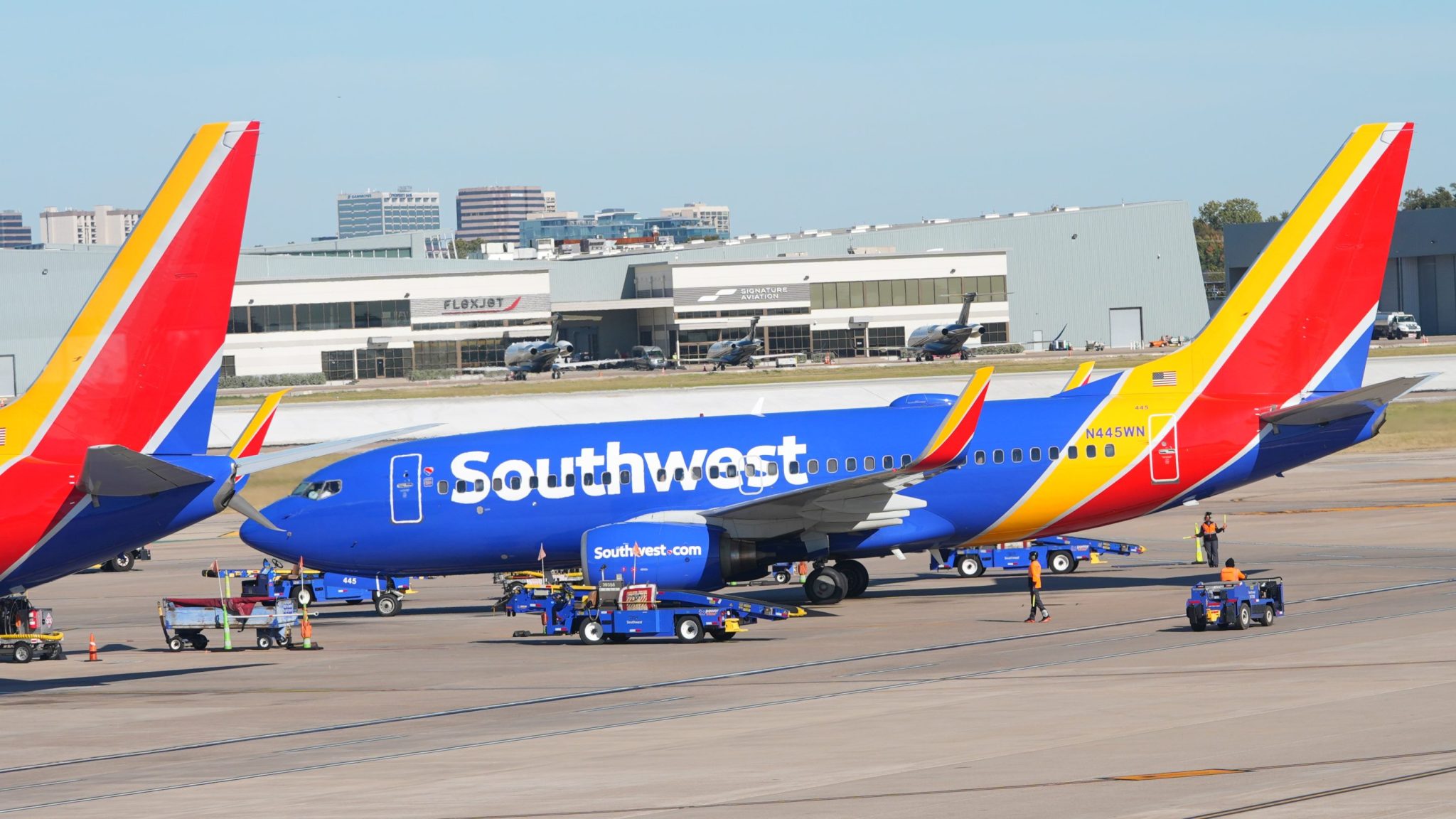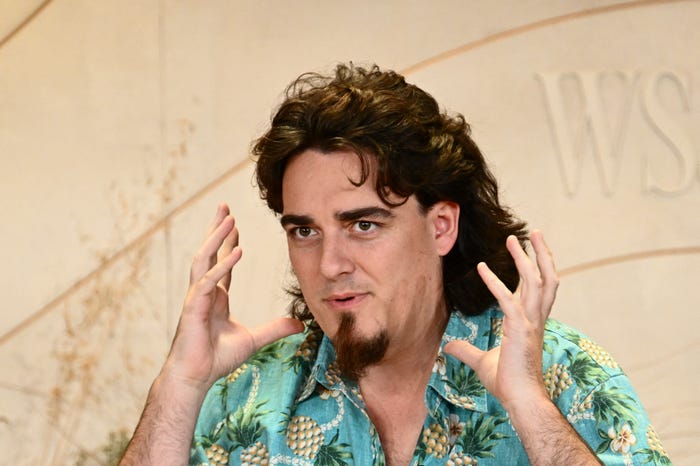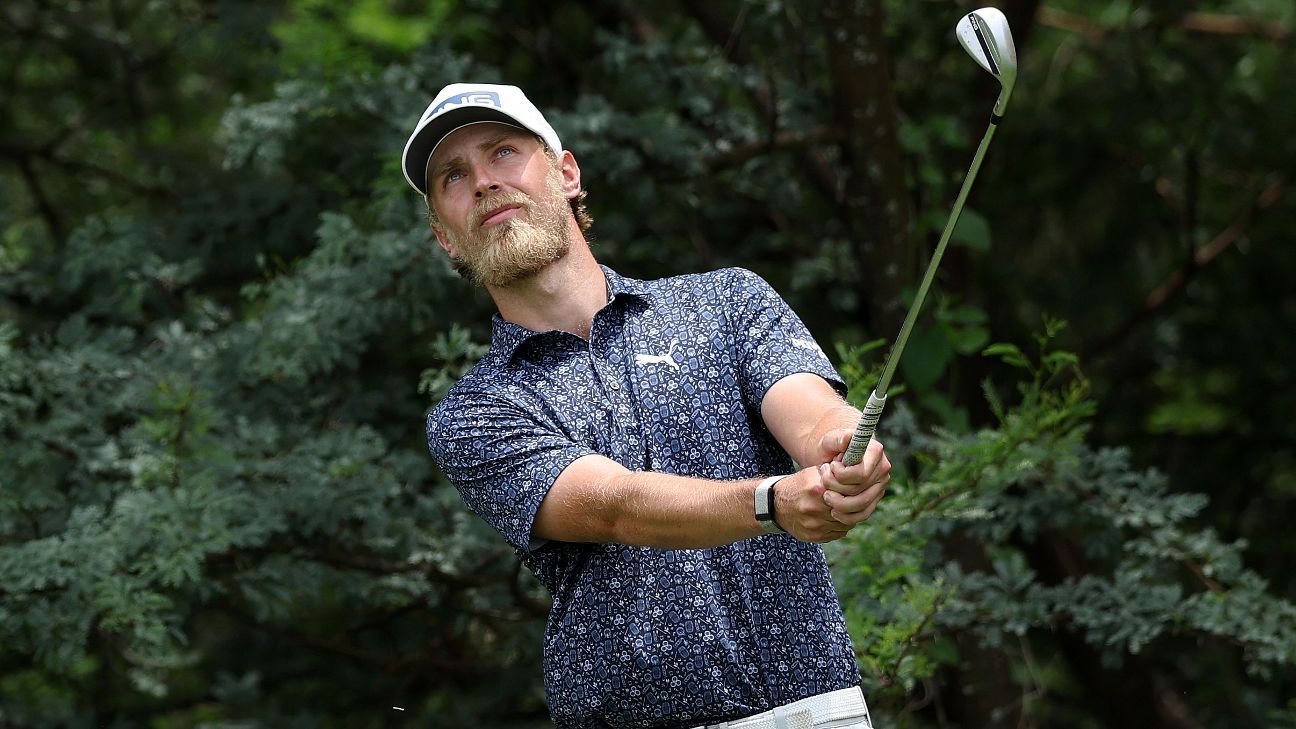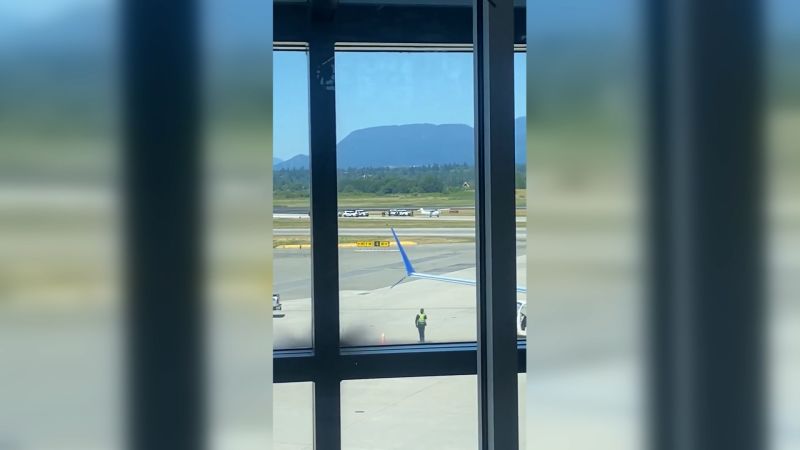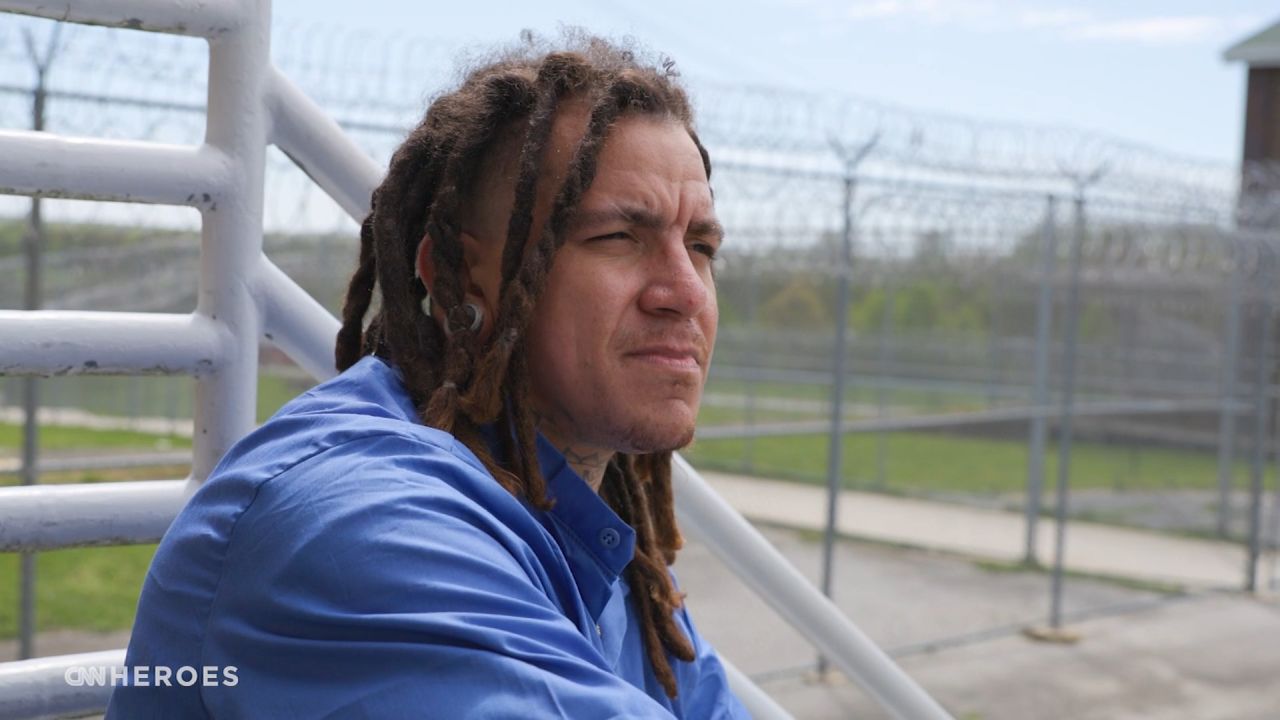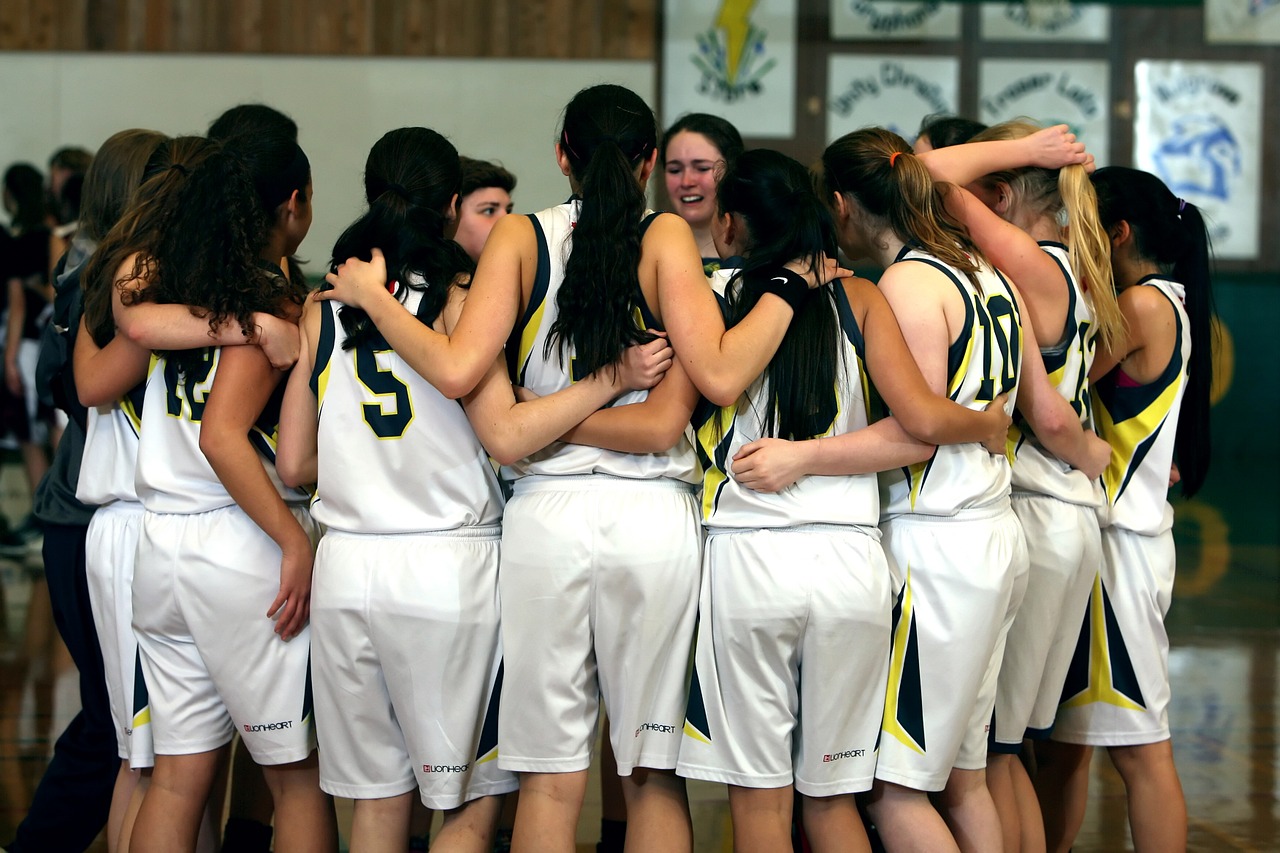Trump and Takaichi Forge Stronger Ties in Tokyo During Visit
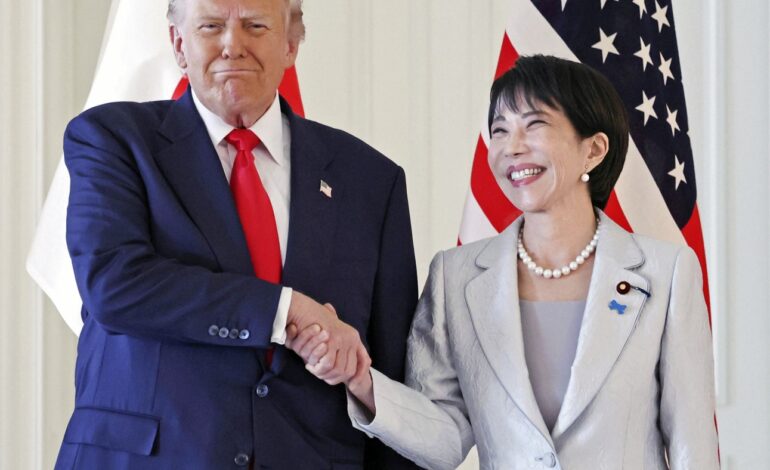
TOKYO — During his visit to Japan, President Donald Trump met with the newly appointed Prime Minister Sanae Takaichi, emphasizing the importance of their nations’ alliance. This engagement marked an effort to solidify economic ties, particularly as Trump aims to secure $550 billion in Japanese investment as part of a broader trade agreement.
The meeting took place aboard the USS George Washington, an aircraft carrier docked near Tokyo, providing a backdrop for discussions on national security and economic cooperation. As they greeted each other, Trump noted Takaichi’s firm handshake, a gesture of camaraderie that set a positive tone for their dialogue.
Takaichi, who assumed office just days prior, faces the challenge of balancing Japan’s economic interests while establishing a productive relationship with the U.S. She referenced her mentor, former Prime Minister Shinzo Abe, highlighting the strong bond he forged with Trump through their mutual interest in golf. Takaichi expressed her commitment to continuing that relationship, stating, “Prime Minister Abe often told me about your dynamic diplomacy.”
Throughout the visit, Trump praised Takaichi for her historic role as Japan’s first female prime minister, calling it a “big deal” and reiterating the U.S. commitment to Japan. He stated, “Anything I can do to help Japan, we will be there. We are an ally at the strongest level.”
Strengthening Economic Ties
Both leaders signed an agreement to usher in a “golden age” for U.S.-Japan relations. The document confirmed a 15% tax on U.S. imports from Japan and the establishment of a $550 billion fund for investment in the United States. Additionally, they agreed on a framework for the supply of critical minerals and rare earth elements, crucial for advanced technologies.
This strategic partnership aims to enhance cooperation in areas vital for both nations, particularly amidst shifting global economic landscapes. Takaichi also announced plans to nominate Trump for the Nobel Peace Prize, indicating a mutual desire to strengthen diplomatic ties.
During a working lunch, the Japanese delegation chose to serve American beef and rice, symbolizing their commitment to U.S. products. This choice comes as Trump has often criticized Japan for not purchasing enough American vehicles, which he claims are too wide for the country’s narrow streets.
Engagement with U.S. Troops
Trump’s visit included a significant address to U.S. troops stationed aboard the USS George Washington. He discussed national security and the economy, noting that Takaichi had informed him that Toyota plans to invest $10 billion in American auto plants. The president’s remarks underscored the importance of military alliances as a foundation for economic discussions.
This visit follows Trump’s earlier engagements in Kuala Lumpur, Malaysia, where he participated in the Association of Southeast Asian Nations (ASEAN) summit. His presence in Asia is part of a broader strategy to address trade disputes and engage with regional allies.
The diplomatic atmosphere appears to be shifting, with signs that tensions between the U.S. and China are easing. Top negotiators from both countries have indicated that a trade deal is forthcoming, which could stabilize relations between the two largest economies.
Trump is set to depart for South Korea on July 7, 2024, where he will attend the Asia-Pacific Economic Cooperation (APEC) summit. As he continues his Asia trip, the outcome of these discussions will significantly impact the geopolitical landscape of the region.

